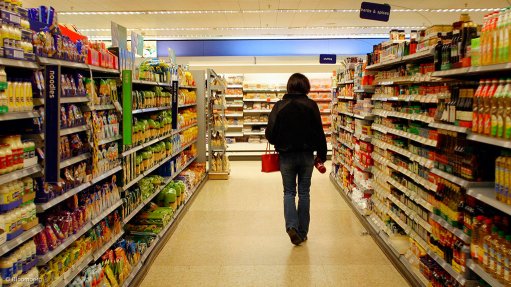South African analysts, business leaders, and trade unions have lowered their inflation expectations for the coming years, according to the latest survey released on Wednesday. This shift could encourage the South African Reserve Bank (SARB) to continue reducing interest rates as part of its monetary policy.
The survey showed the average forecast for consumer inflation in 2025 dropped to 3.9%, down from 4.4% in the previous quarter. This marks the first time in over four years that the inflation forecast for the current year has fallen below 4%. Expectations for inflation in 2026 also eased to 4.3% from 4.6%, and for 2027 to 4.5% from 4.7%.
The survey is conducted by the Bureau for Economic Research, which noted a “broad-based and significant decline in inflation expectations” across all social groups and throughout the forecast period. These expectations are important because SARB considers them carefully when making decisions about interest rates and monetary policy.
SARB’s current inflation target is between 3% and 6%, but the central bank has expressed a preference to lower the target closer to 3%. At its May meeting, the bank cut the key lending rate by 25 basis points to 7.25%, reflecting its aim to support economic growth while managing inflation.
Consumer inflation data supports the optimism from the survey, with inflation measured at 2.8% year-on-year in May, marking the third consecutive month it remained below 3%.
The next SARB monetary policy announcement is scheduled for July 31, and market watchers will be looking closely to see if the bank follows through with further interest rate cuts given the new inflation outlook.
However, the survey also highlighted concerns about economic growth. Analysts, business people, and trade unions downgraded their GDP growth forecast for South Africa to 0.9% this year, down from 1.2% predicted in the previous survey. The first quarter of 2025 saw only 0.1% growth, weighed down by weak performance in key sectors such as mining and manufacturing.
South Africa, as Africa’s largest economy, faces challenges in boosting growth despite improved inflation figures. The mining sector, a critical contributor to the country’s GDP and export earnings, has struggled, while manufacturing has also seen a downturn.
The combination of lower inflation expectations and cautious growth forecasts sets a complex stage for the SARB. On one hand, falling inflation could give the central bank room to ease monetary policy to stimulate economic activity. On the other hand, slower growth and structural challenges may limit the effectiveness of interest rate cuts alone in driving recovery.
South African businesses and households will be closely monitoring the central bank’s upcoming policy decision as they navigate an environment marked by lower inflation but continued economic uncertainty.
